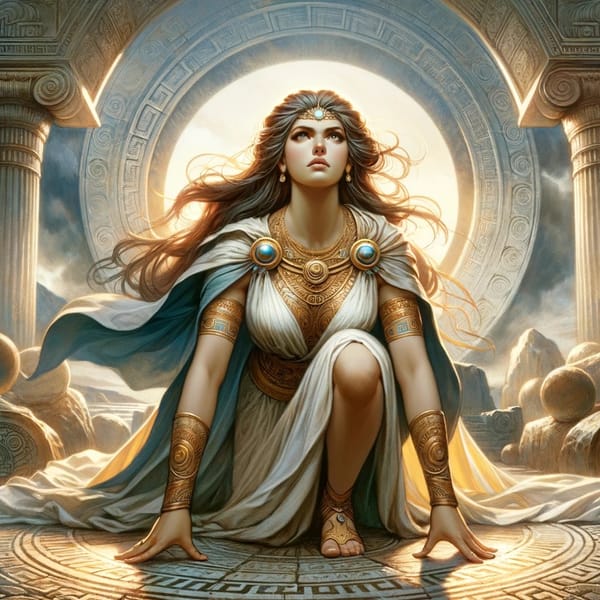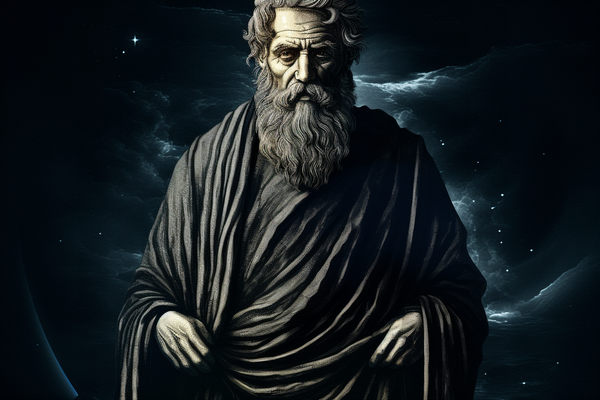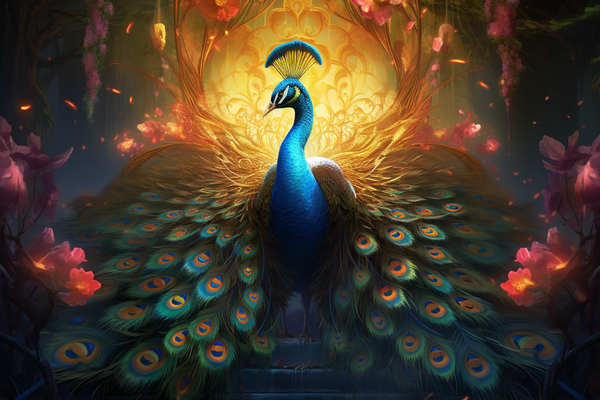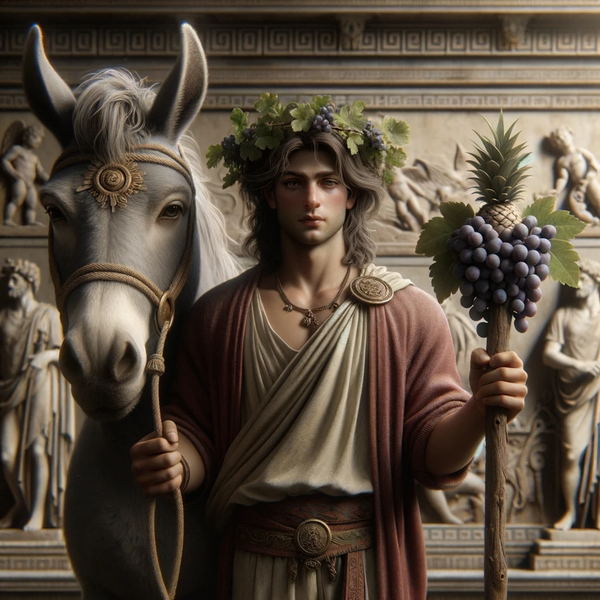A Timeline of Italy
An extremely broad timeline of Italy from prehistoric times to current day.
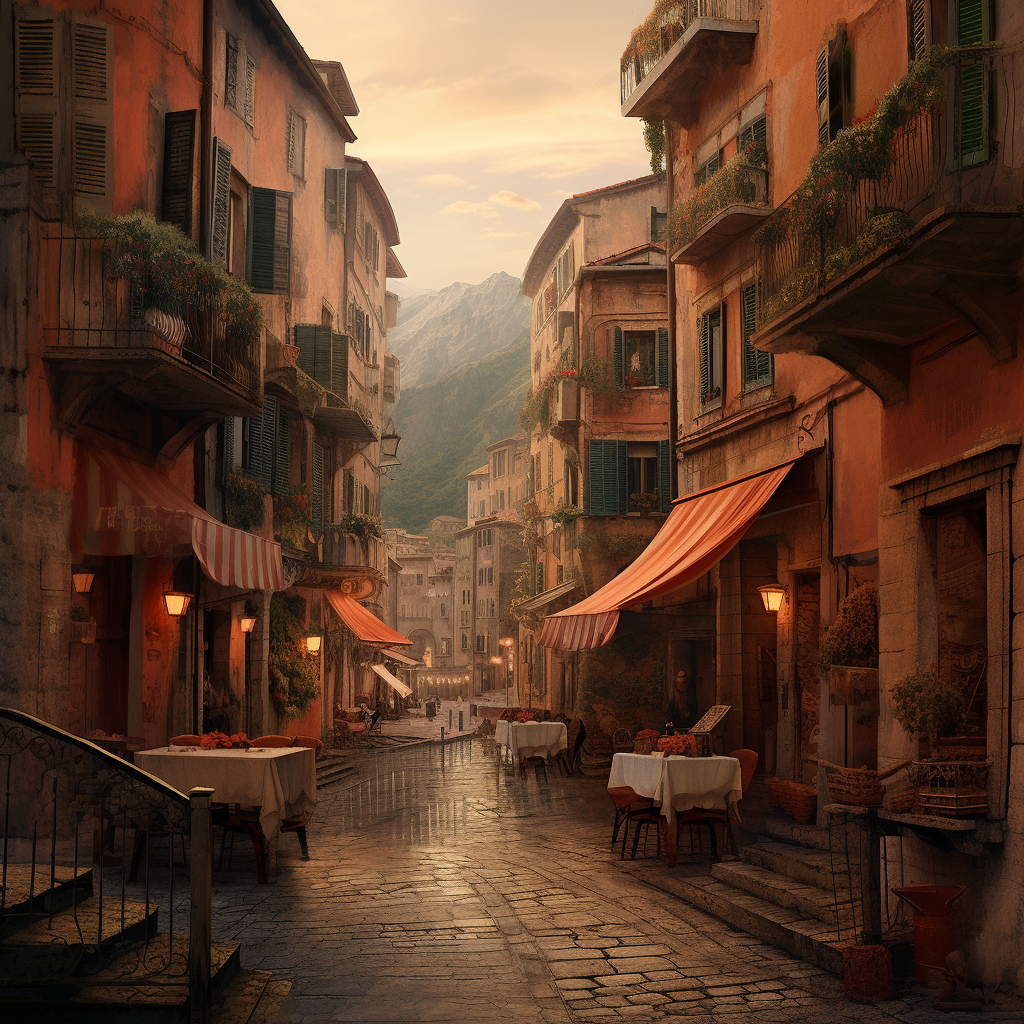
Prehistory
- Prehistoric Italy (circa 1 million BC to 2000 BC): The earliest human presence in Italy dates back to the Paleolithic period. Notable archaeological sites from this period include the Val Camonica rock art and the remains of prehistoric cultures such as the Villanovan Culture.
Ancient Italy (2000 BC to 476 AD):
- Etruscan and Greek Colonization (8th century BC to 3rd century BC): The Etruscan civilization flourished in central Italy while Greek colonies were established in the south.
- Roman Kingdom and Republic (753 BC to 27 BC): Rome was traditionally founded in 753 BC, and it grew over centuries from a small kingdom to a powerful republic.
- Roman Empire (27 BC to 476 AD): The transition from Republic to Empire under Augustus marked the start of a period of expansion and prosperity. Rome became the capital of an empire stretching from Britain to the Middle East.
Middle Ages
- Early Middle Ages (476 AD to 1000 AD): The fall of the Western Roman Empire in 476 AD marked the beginning of the Middle Ages in Italy. During this time, the region was invaded by various Germanic tribes and later by the Byzantines. The Lombard Kingdom was established in northern and central Italy.
- High Middle Ages (1000 AD to 1300 AD): This period saw the rise of city-states and maritime republics like Venice, Genoa, Pisa, and Amalfi. The Papal States also gained power during this time.
- Late Middle Ages and Renaissance (1300 AD to 1550 AD): Italy was the birthplace of the Renaissance, a period of great cultural change and achievement. Cities like Florence, Venice, and Rome were centres of art, literature, and education.
Early Modern
- Early Modern Italy (1550 AD to 1815 AD): This period, which includes the Baroque era, was marked by foreign domination of Italy. Spanish, French, and Austrian Habsburgs ruled different parts of the country.
- 19th Century and Unification (1815 AD to 1914 AD): The 19th century was a period of political upheaval, culminating in the unification of Italy in 1861 under King Victor Emmanuel II.
Modern:
- World Wars (1914 AD to 1945 AD): Italy participated in both World Wars. The end of World War II marked the end of Fascist rule and the fall of the monarchy.
- Italian Republic (1946 AD to present): After a referendum in 1946, Italy became a republic. It has since developed into a major economic and political power in Europe and the world


